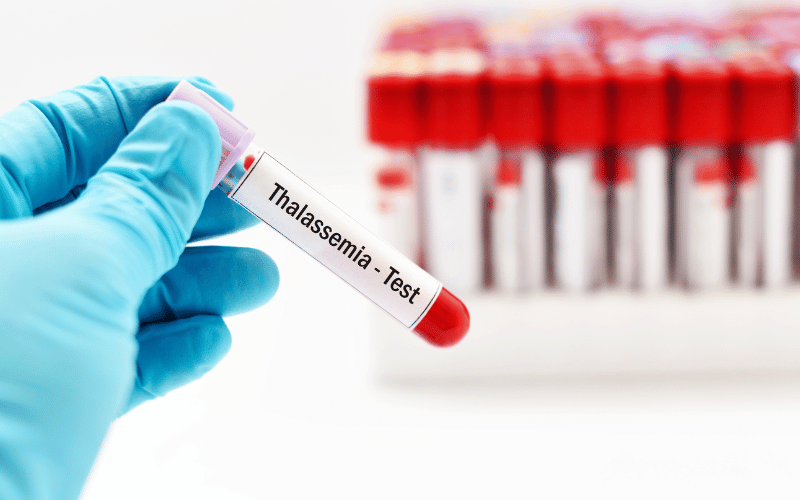7. Thalassemia: A Group of Inherited Blood Disorders

Thalassemia is a group of inherited blood disorders that affect the body’s ability to produce hemoglobin, leading to anemia. There are two main types of thalassemia: alpha thalassemia and beta thalassemia. Both forms of thalassemia can range in severity, depending on the number of affected genes.
Treatment for thalassemia depends on the severity of the condition and may include blood transfusions, iron chelation therapy (to remove excess iron from the body), or in some cases, a bone marrow transplant. Regular medical care is crucial for individuals with thalassemia to monitor their condition and manage potential complications.
Symptoms of thalassemia can include fatigue, weakness, pale skin, shortness of breath, and an enlarged spleen. In severe cases, thalassemia can also cause bone deformities, slowed growth, and an increased risk of infections. Early diagnosis and treatment are essential to manage symptoms and prevent complications.
As with sickle cell anemia, preventing thalassemia is not possible, as it’s an inherited condition. However, genetic counseling and prenatal testing can help couples understand their risk of passing the condition onto their children and make informed decisions about family planning. (7)